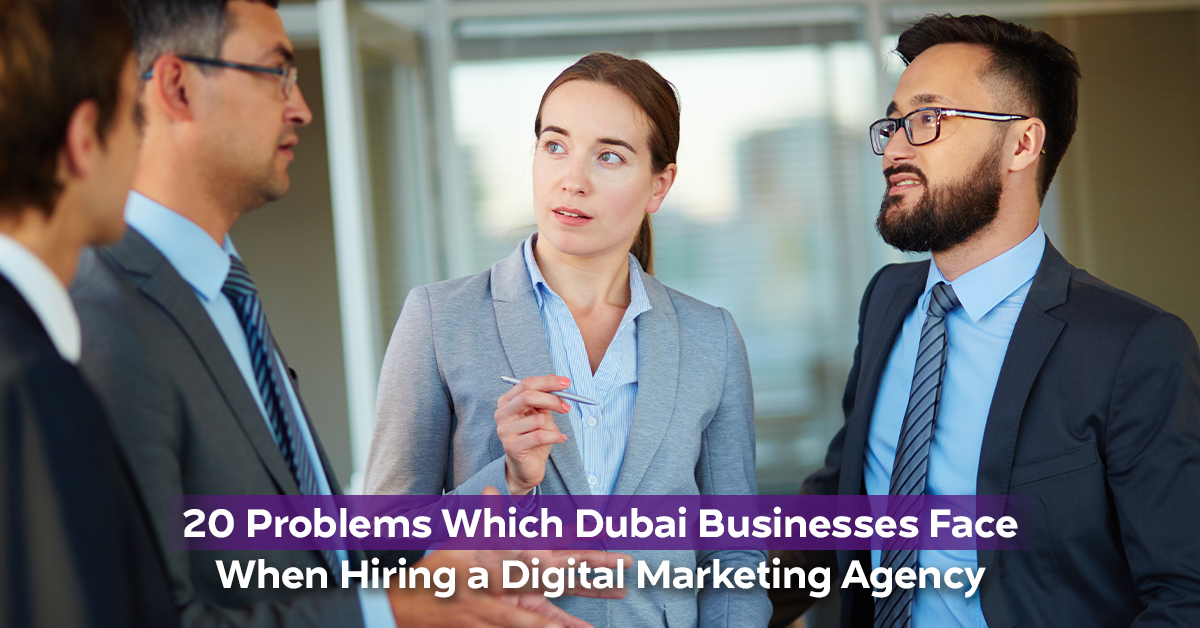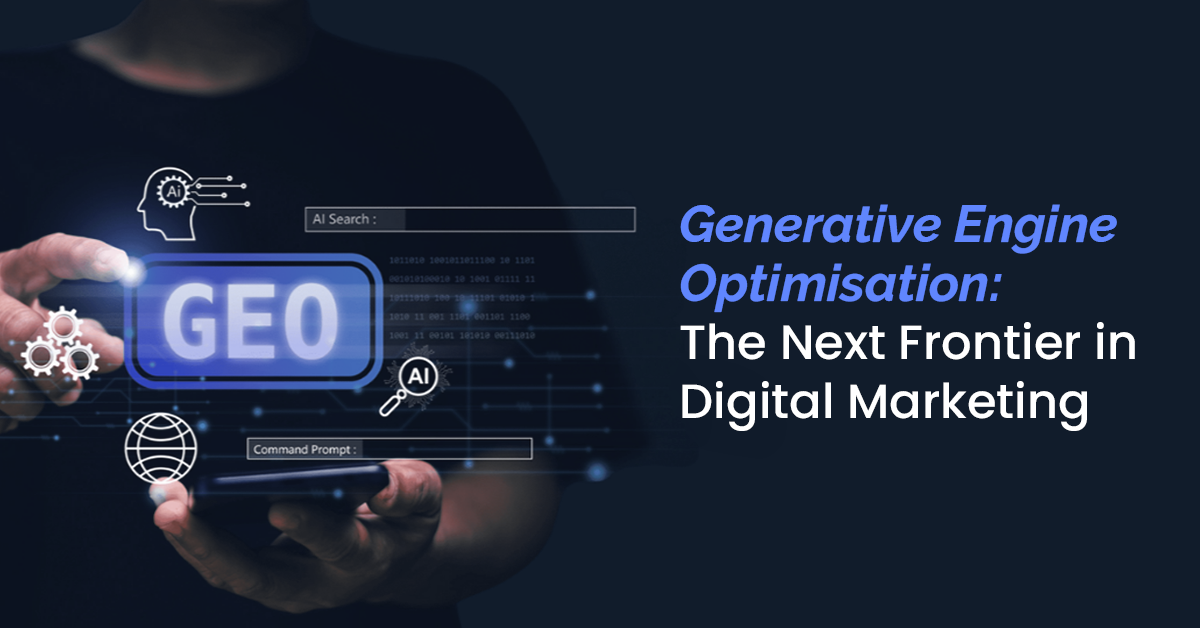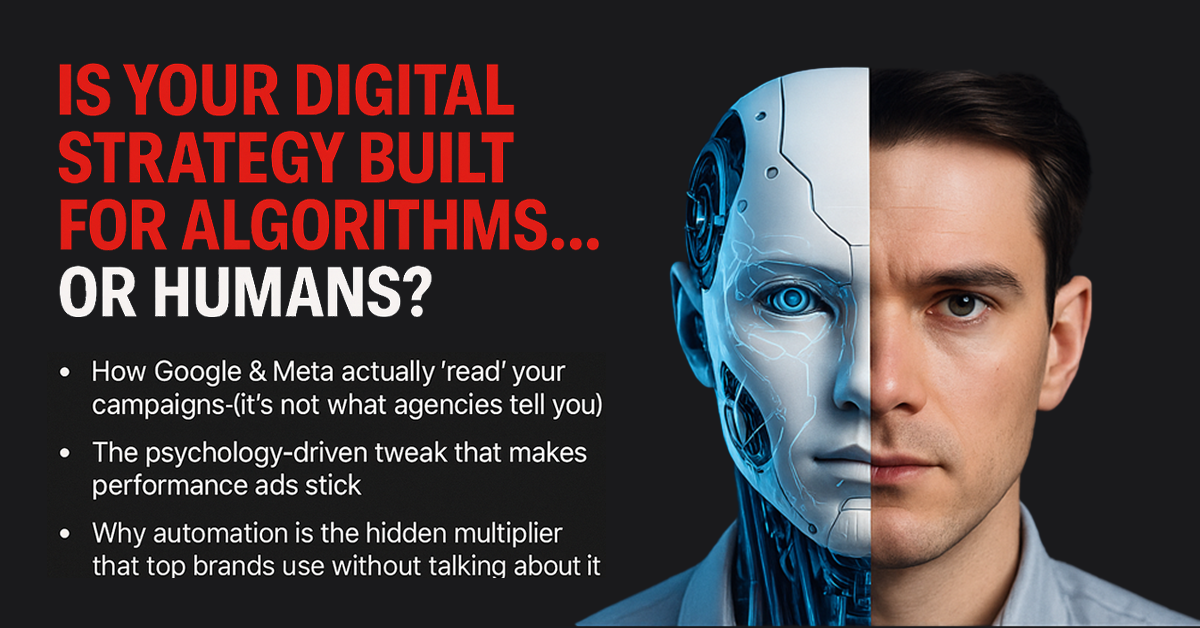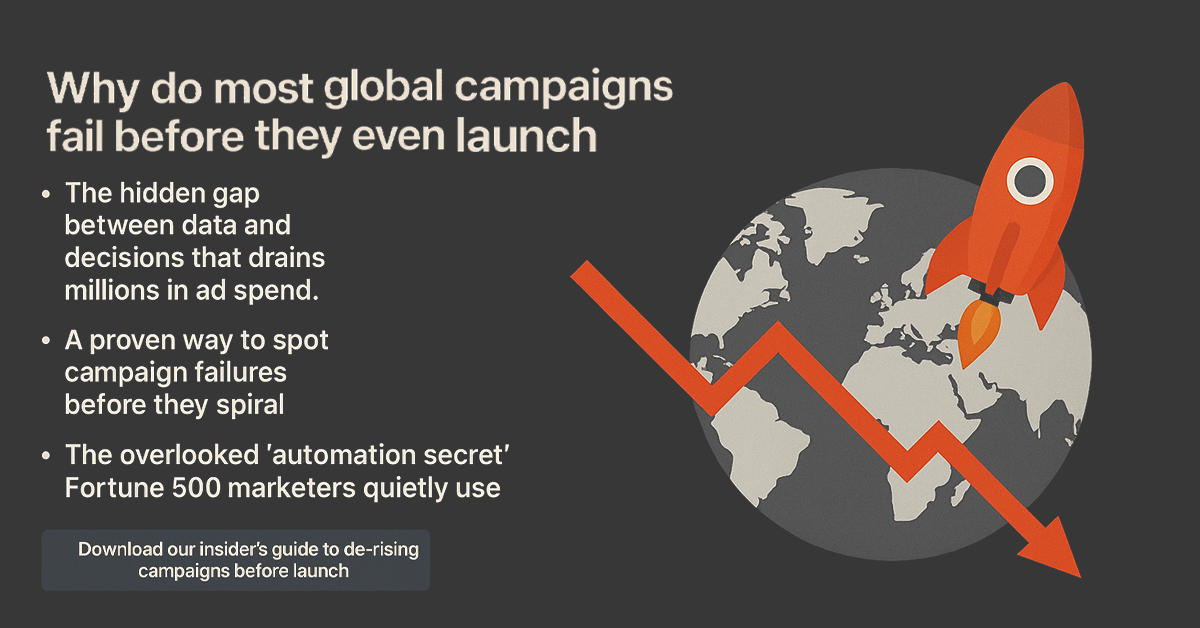If you’ve ever Googled “SEO services” and found yourself neck-deep in jargon like “Off SEO,” “On page SEO,” or “local SEO,” you’re not alone. The truth is, there’s no one-size-fits-all approach to search engine optimization. SEO today is a layered, specialized game, and the type of SEO you need depends entirely on your business, your audience, and how they search.
Whether you’re a local business, a global brand, or an Ecommerce store with thousands of products, understanding the different types of SEO services can help you focus on what matters. This guide breaks it all down in plain English — no fluff, no filler.
Let’s get into it.
1. On-Page SEO: Your Site’s First Impression
On-page SEO is the part you have the most control over. It’s about making your web pages clear, helpful, and valuable, both for users and for Google’s crawlers.
This includes:
- Titles and meta descriptions that make people want to click
- Using keywords in a natural, non-cringey way
- Proper heading structure so your content is easy to scan
- Image optimization and alt text
- Clean internal links that help Google understand your site’s structure
Why it matters: If your content isn’t optimized, it won’t rank; simple as that. On-page SEO is the bedrock of visibility.
Best for: Literally everyone with a website.
2. Off-Page SEO: Building Your Reputation
Think of off-page SEO as your digital street cred. It’s about what others are saying (and linking to) about you, outside of your own website.
Key tactics:
- High-quality backlinks from relevant websites
- Digital PR, guest posts, and content syndication
- Brand mentions and influencer partnerships
- Social signals and third-party reviews
Why it matters: Links tell Google that your site is trustworthy. No links = no authority = no traffic.
Best for: Competitive industries and businesses looking to build long-term credibility.
3. Technical SEO: The Stuff Under the Hood
Technical SEO isn’t glamorous, but it’s essential. If your site loads like it’s stuck in 2005 or isn’t mobile-friendly, it won’t rank well.
Here’s what technical SEO tackles:
- Fast page load times
- Mobile responsiveness
- Clean URLs and proper redirects
- XML sitemaps and robots.txt
- Schema markup for rich results
- Fixing crawl errors and broken links
Why it matters: A well-built site helps Google understand and index your content, and gives users a smoother experience.
Best for: Websites with a lot of pages, complex navigation, or past SEO problems.
4. Local SEO: Be the Big Fish in Your Pond
Local SEO helps you get found by people searching in your area. Think “coffee shop near me” or “Sydney wedding photographer.”
Tactics include:
- Optimizing your Google Business Profile
- Managing citations across online directories
- Local keyword targeting
- Getting customer reviews on key platforms
- Creating location-specific landing pages
Why it matters: Local SEO turns online searches into foot traffic, phone calls, and bookings.
Best for: Brick-and-mortar stores, local service providers, or any business with a defined service area.
5. eCommerce SEO: Helping Products Get Found (and Bought)
eCommerce SEO is all about optimizing your online store to attract and convert shoppers. It’s a different beast from content-focused SEO.
It involves:
- Optimized product titles and descriptions
- Clean site architecture and filtering options
- Structured data for reviews and prices
- Category page enhancements
- Fixing duplicate content issues (looking at you, variant pages)
Why it matters: Shoppers are searchers. If your products don’t appear when someone types “best waterproof backpack,” they’re not buying from you.
Best for: Online retailers of any size. Learn more about how we handle eCommerce SEO.
6. International SEO: Go Global Without Getting Lost
If you’re targeting multiple countries or languages, international SEO ensures your audience sees the right content, no matter where they are.
You’ll need to:
- Use hreflang tags correctly
- Translate (and localize) content, not just Google Translate it
- Manage country-specific URLs (subdomains or folders)
- Optimize for local search engines beyond Google
Why it matters: Sending a customer in France to your U.S. English homepage isn’t helpful, and it’ll likely lose you the sale.
Best for: Global brands, SaaS platforms, and eCommerce stores shipping internationally.
7. Mobile SEO: Because Mobile Is the Default
Over half of all traffic now comes from mobile. That means if your site doesn’t work smoothly on a phone, you’re already behind.
You’ll want to:
- Use responsive design
- Compress images and files for faster load times
- Simplify menus and navigation for small screens
- Avoid annoying pop-ups that block content
- Test how your site looks on different devices
Why it matters: Mobile-first indexing is here. Google ranks your mobile site first, not desktop.
Best for: Again, for everyone.
8. Mobile App SEO (ASO): Be Discoverable in the App Stores
If you’ve got a native app, this one’s for you. App Store Optimization (ASO) helps your app get found and downloaded.
Key elements:
- App title and keyword optimization
- Engaging descriptions and visuals
- Review management
- Deep linking between your app and website
- Indexing your app pages in Google
Why it matters: Apps need SEO too, just in a slightly different playground.
Best for: Businesses with mobile apps looking to boost visibility and downloads.
9. Programmatic SEO: Smart Scaling, Not Spam
Programmatic SEO helps you create hundreds (or thousands) of pages using templated content and structured data, without sacrificing quality.
It works by:
- Creating page templates based on user intent
- Pulling in dynamic content using databases or product feeds
- Optimizing each page for specific long-tail keywords
- Maintaining internal linking and crawlability
Why it matters: You don’t need to handwrite 2,000 service area pages. Programmatic SEO lets you rank for high-intent searches at scale.
Best for: Marketplaces, travel sites, eCommerce stores with large catalogues. See how we do programmatic SEO the right way.
10. SEO for SaaS: Traffic That Converts (and Sticks)
SaaS buyers take their time. They research, compare, and often trial before committing. That means your SEO has to work across a long, complex funnel.
The strategy should include:
- Use case and feature pages
- Comparison and “vs” content
- Integration-focused landing pages
- Conversion-optimized blog content
- Technical SEO to support web app performance
Why it matters: SaaS SEO isn’t just about rankings. It’s about driving qualified signups, free trials, and long-term users.
Best for: Software businesses of all sizes. Learn more about our SEO for SaaS.
So, Which Type of SEO Do You Actually Need?
Here’s a quick cheat sheet based on your business model:
- Business Type Recommended SEO Types
- Local service provider Local SEO, On-page SEO, Technical SEO
- Global SaaS company SaaS SEO, International SEO, Technical SEO
- eCommerce brand eCommerce SEO, Programmatic SEO, Technical SEO
- App-based business Mobile SEO, Mobile App SEO
- Content-heavy media site On-page SEO, Programmatic SEO, Technical SEO
Final Thoughts
There’s no one-size-fits-all SEO plan. That’s the point.
The best results come from tailoring your strategy to your business, your audience, and your goals. That means knowing the different types of SEO services and when each one actually matters.
At Impressive, we don’t do cookie-cutter SEO. We build data-driven strategies that meet your users where they are, no matter what device, country, or search term they’re using.
Want to figure out what type of SEO makes the most sense for you?
Book your free strategy session and let’s build something that works.
Frequently Asked Questions
1. What are the main types of SEO?
The primary types of SEO include on-page SEO, off-page SEO, technical SEO, local SEO, and enterprise SEO. Each serves a different function in improving your website’s visibility and performance.
2. How do I choose the right SEO type for my business?
It depends on your business goals. If you’re targeting a specific geographic area, go with local SEO. Larger websites with complex structures benefit from technical and enterprise SEO, while most sites need a mix of on-page and off-page SEO.
3. Why is local SEO important?
Local SEO helps your business appear in Google Maps and local search results, driving nearby traffic and increasing walk-ins, especially for brick-and-mortar businesses.
4. What is technical SEO?
Technical SEO focuses on elements like website speed, mobile-friendliness, secure connections (HTTPS), indexability, and structured data. It’s crucial for helping search engines crawl and rank your site efficiently.
5. Can I combine multiple SEO types?
Absolutely. The most successful strategies use a combination of technical, on-page, off-page, and local SEO depending on your specific business objectives and audience.















